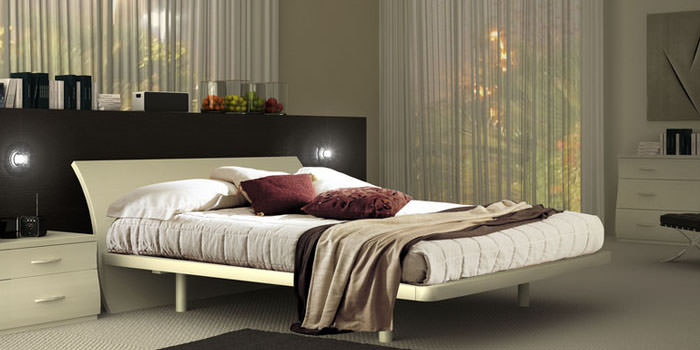Revolutionizing Spaces: The Rise of Porta Cabins in Modern Architecture
In the realm of modern architecture, Porta Cabins have emerged as a revolutionary force, challenging conventional construction methods and reshaping the way we perceive and utilize space. These modular structures have transcended their utilitarian origins, evolving into versatile and sustainable solutions that cater to a myriad of applications.
Evolution of Porta Cabins: Traditionally associated with temporary structures or on-site offices, Porta Cabins have undergone a significant evolution. Today, they stand as a testament to innovation in architecture, offering a flexible alternative to traditional brick-and-mortar buildings. The versatility of Porta Cabins allows them to seamlessly integrate into various environments, from construction sites to commercial complexes and even residential spaces.
Adaptability and Customization: One of the key strengths of Porta Cabins lies in their adaptability and customization options. Architects and designers can play with different layouts, sizes, and configurations to create spaces that align precisely with the intended purpose. Whether it’s a cozy office, a vibrant event space, or a comfortable living area, Porta Cabins provide a canvas for creative expression.
Sustainable Living with Porta Cabins: In an era where sustainability is paramount, Porta Cabins have emerged as eco-friendly alternatives to traditional construction. Many of these modular structures are built using recycled or repurposed materials, contributing to the reduction of environmental impact. Additionally, the controlled construction environment minimizes waste and optimizes energy efficiency.
Aesthetic Appeal: Gone are the days when Porta Cabins were synonymous with bland, uninspiring structures. Modern Porta Cabins boast sophisticated designs and aesthetic appeal. Architects now leverage innovative materials, sleek finishes, and creative detailing to ensure that these structures not only serve a purpose but also enhance the visual landscape of their surroundings.
Porta Cabins in Unexpected Places: The versatility of Porta Cabins allows them to find a place in unexpected settings. From rooftop lounges and pop-up shops to recreational spaces and educational facilities, Porta Cabins are breaking free from traditional limitations. Their ability to adapt to diverse needs has made them a popular choice across various industries.
In conclusion, the rise of Porta Cabins in modern architecture represents a paradigm shift in how we approach construction and design. These modular structures are not just functional; they are symbols of innovation, adaptability, and sustainability. As architects and designers continue to push the boundaries of what is possible, Porta Cabins will undoubtedly play a pivotal role in shaping the future of our built environment.

